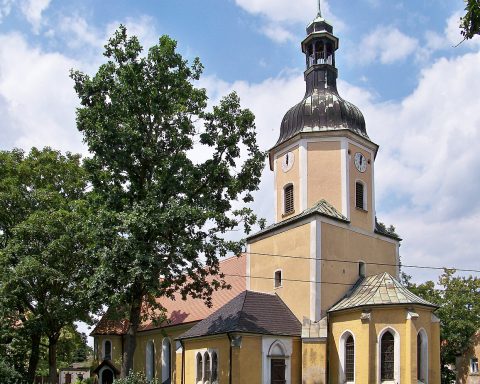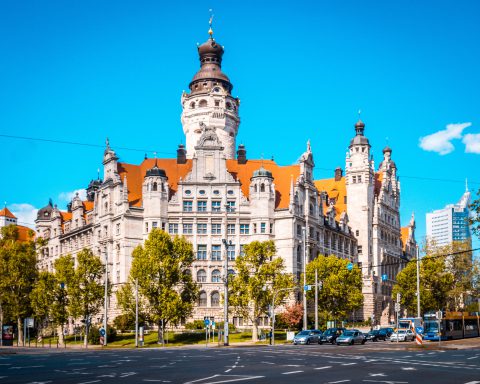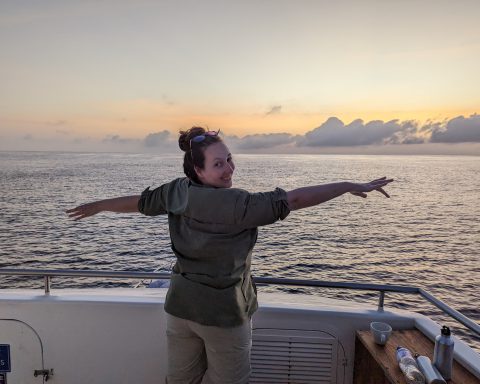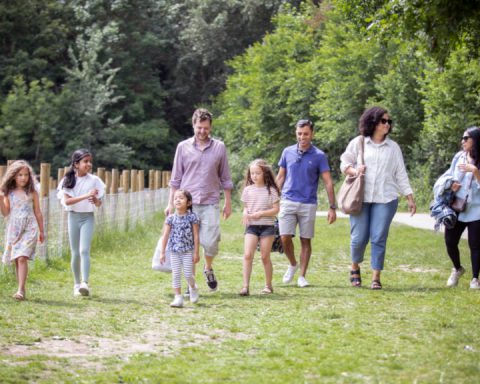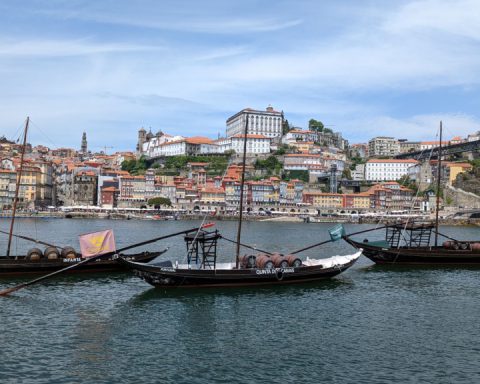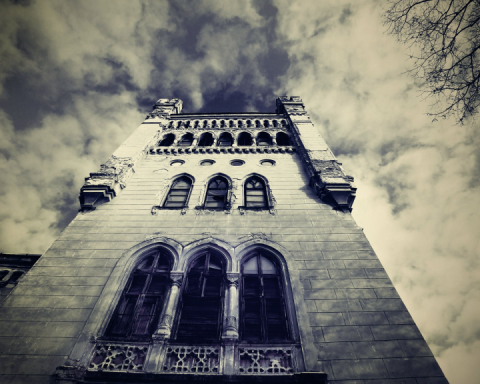When I lived in South Florida, for perhaps my most formative decade, I wasn’t so anxious to get to know the state’s history or go on culturally edifying sojourns.
I was very busy doing part-time jobs and internships, my undergrad in journalism full-time, and landmine riddled dating throughout my later teenage years and early 20s. I was quite content going to multiplexes, bars and beaches more or less regularly, to theme parks every once in a while – something that has changed since – and to the occasional choir competition outside the immediate suburbs.
I’ve come back to visit a lot of times since moving away in 2006, but didn’t want to go out exploring much because I wanted to hang out with my family and couldn’t bring myself to see Florida with a tourist’s eyes.
This time though, with a first-time visitor to Florida as my travel buddy, I had to venture beyond the warm, idle comfort of hanging at my parents’ place to show him that the Sunshine State is not just made of chains, plazas, driveways and the water. Here I share with you a few details on the top stops along our speedy Florida tour on the way to and from New Orleans for New Year’s, in case you want to check them out as well:
St. Augustine

It took us a mere hour or so from Orlando where we were staying to reach this Florida east coast city, which my German boyfriend/travel buddy remarked “could be a place in Italy or Spain.” Founded in 1565 by a Spanish admiral, the city is the oldest European settlement still existing in the continental U.S., was capital of Florida for more than two centuries, and has been a major tourist attraction since the 19th century, after Florida came into U.S. possession from Spain.
We parked next to the Castillo de San Marcos, “the oldest masonry fort in the continental United States,” built by the Spanish in 1672 as a response to British attacks. If you’re only hanging around for a few hours, it’s cheaper to park there than at the visitors’ center, which charges a $12 flat rate.
It was even cheaper for us – as in free – because a very kind man who was leaving much earlier than the expiration of his parking permit decided to pass it on to us. It’s free to walk along the fort and you can enjoy the beautiful ocean view on one side, and the sight of nice little shops on the other, besides an old city gate nearby that was part of the same city walling and fortifying process by the Spanish.
We didn’t recognize any chains in the historical center of St. Augustine, and had a really pleasant time briefly exploring the upscale art galleries and specialty stores such as The Ancient Olive. Besides free tastings of various yummy products, this “oil and vinegar” store also features art works by “Grace.”
A few blocks away you can find the must-see Cathedral Basilica of St. Augustine, which is the oldest church in Florida and as old as the city itself, rebuilt since then in “a combination of Spanish mission and Neoclassical styles” and an “innovative” use of coquina stone to prevent destruction by fire. If you get hungry while sightseeing, there are plenty of snacks at little joints along the way, from home-made ice creams to hot dogs topped with pulled pork.
Pensacola
This city came from a Spanish settlement founded in 1559, which makes it six years older than St. Augustine, but a hurricane destroyed the foothold just weeks later and it’s nearly forgotten in the annals of history. Pensacola was, however, the capital of the West Florida territory.
To be honest, I’ve mostly associated Pensacola with “beach” rather than “history,” while the opposite happened with St. Augustine. It’s probably best to visit Pensacola in spring or summer, when you can get the full effect of the Gulf Coast charm and liveliness, of the thin strips of beach flanked by vast blue water. It’s also a major port city.

We arrived in this Florida Panhandle city at dusk the second day of January, tired from driving from New Orleans, and not exactly warm. What struck us as we walked along Palafox Street in the historical district was the amount of upscale restaurants – a few holding wedding receptions or balls at that very moment – and small art galleries, interspersed with a bit of street art in the form of a panel commemorating a big local festival and related yarn bombs hugging trees.
Along the street there is also, prominently displayed and temporarily made into a Christmas tree, an obelisk in honor of 19th century Florida railroad pioneer William Dudley Chipley, though it principally highlights his Confederate loyalty and leadership.
As we were returning to our rental car, we ran into an old movie theater called Rex; we got excited and went to take a closer look to see if we could catch a flick, but quickly figured out it was serving as a venue for church events at the time. We left and went to sleep relatively early at the Red Roof Inn off Highway 10, with an adequate room for cheap but a somewhat weak continental breakfast.
Tallahassee
Exactly halfway between St. Augustine and Pensacola, the old Florida capitals pre-statehood, Tallahassee settled the dispute between the two by being declared the capital of Florida in 1824. The city is not on the water and not such a tourist hub like St. Augustine and Pensacola; it looks ordinary from the top of the Florida Capitol, which you can visit for free – we found it to be amazingly accessible – and where the most interesting thing was the 22nd Floor Capitol Gallery.
Through February 28th there is a fascinating exhibit on from late native Floridian Jack Mitchell, a celebrity photographer. Walk through to the Old Florida Capitol right across from the more modern, utilitarian-looking building for a more museum-like experience, also free of charge: It’s got simultaneously educational and entertaining exhibits on various aspects of Florida life, citizenship and social and political issues, past and present; and you can hang out in the old Senate, House of Representatives and Justice chambers, which used to be under this same roof, and whose look has been restored along with the building’s halls, central ceiling and staircase. Some of the original furniture remains.

Unfortunately, the museum closed already at 4:30 p.m.; I would’ve liked to have had more time in there. After that, being really tired and hungry from the road, we ate at an overpriced sports bar in the somewhat quaint city center and went to rest at the hotel we’d booked, also off Highway 10, the Baymont Inn & Suites. It’s got decent breakfast and rooms, and the guy at the reception was nice enough to upgrade us to a non-smoking one right near the lobby. Reviews for cheaper accommodation seemed to be best for the inns right off the highway; we went for them for both value for money and convenience, as we needed to hit the road early, and would definitely do it again.
Share your Florida impressions in the comments section!

